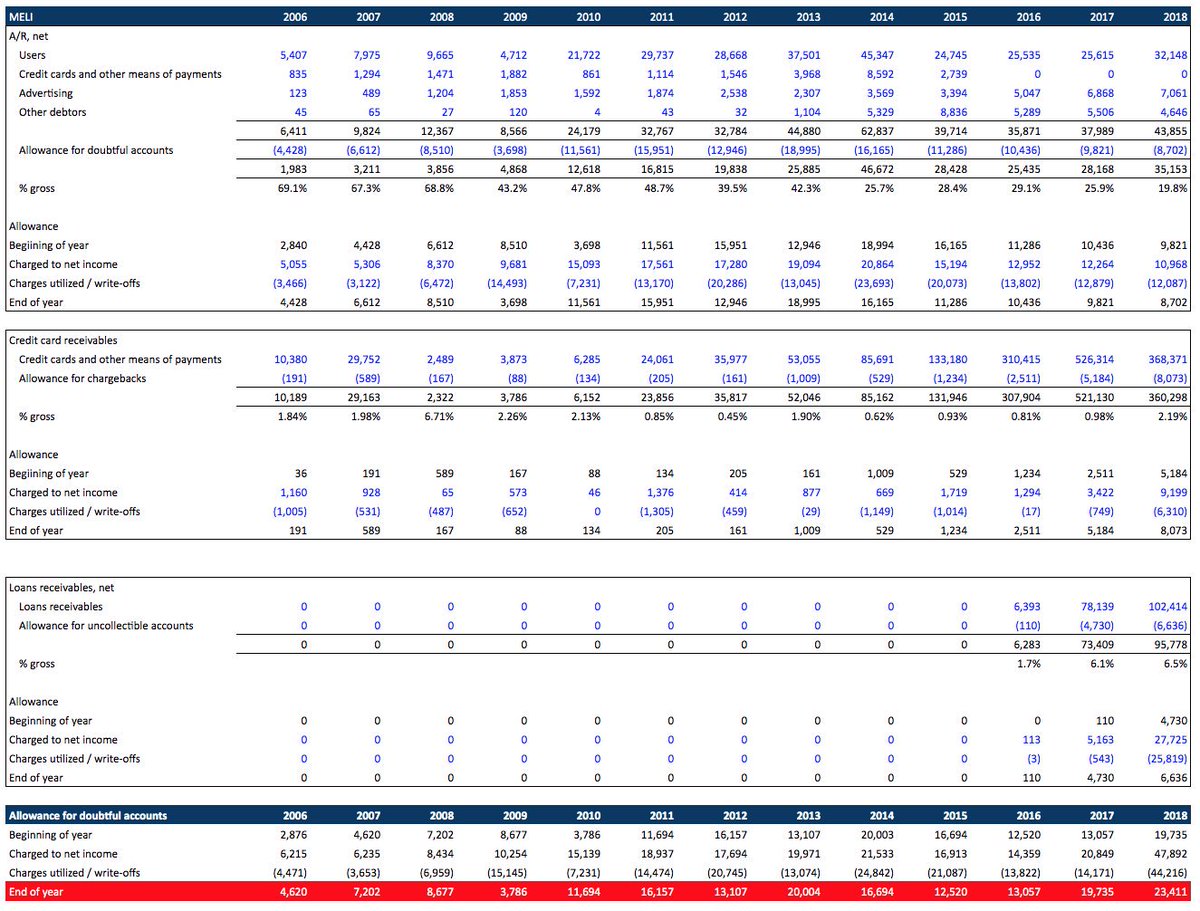
A chart of account is a list listing all financial accounts that are used by a business for recording transactions. The list is usually prepared by an accountant. To record transactions, a bookkeeper has access to it. It includes account codes and information about each type of transaction. There are several ways to use a chart of account. Find out how to make one. Here are some suggestions to help get you started. Let's look at different types of charts for accounts.
Create a chart of accounts
For financial records of a business, a chart of accounts is essential. It can help you keep track financial transactions and allow for quick reviews of the financial performance of the business. It can be difficult to take quick decisions if accounts aren't properly organized. It can also create confusion when reviewing financial reports. Here are three tips to set up a chart of accounts that will save you time and frustration. Once your chart is established, you can track the financial performance of your business.

Before you start creating your Chart of Accounts, you should have a clear idea of the needs of your clients. Customers may need more information about their company's finances than is typically included in financial reports. The chart of accounts should be tailored to the industry your customer works in. You can automatically create the chart of accounts for a customer if you are working with a new client by creating a company file. This will make sure that you know what the client's industry requires.
Registering a new account
It is very easy to add a new chart account once you have the basics. Click the Account Wizard option from the Preferences Setup General tab. This will show you how to add a new email account. To create an account, select the name. You should choose a descriptive name that matches the real account's name. After you have chosen the name, you are able to create transactions.
The G/L Account can be made inactive. In order to make the account inactive, it must be zero-balance. An inactive account will be removed from the selection list and retained in the system to serve historical purposes. To hide an inactive account from the Chart of Accounts List you can click the Inactive Button. Inactive accounts can not be deleted or edited. If you make changes to any field, however, they can be made back up.
Delete an account
An account can be deleted from the Chart of Accounts. However, it is important to ensure that no transactions are associated with the account that refer to its ID. If the account balance is not zero, you can either delete or use the adjusting G/L transaction to lower it to zero. If an account has not been used for at least two consecutive years, the process is faster. Once you have completed these steps, you are ready to delete the account from the Chart of Accounts.

Choose the appropriate option in the list to remove an account from Sage 50's Chart of Accounts. This option displays a listing of all accounts you wish delete. To confirm this action, click "Delete". If you do not want to delete the account, you can hide it instead. However, this may reduce the accuracy in the account data. Click "Delete" to delete your account. Next, click OK and confirm.
FAQ
What is the difference in accounting and bookkeeping?
Accounting is the study and analysis of financial transactions. The recording of these transactions is called bookkeeping.
They are both related, but different activities.
Accounting deals primarily with numbers, while bookkeeping deals primarily with people.
Bookkeepers record financial information for purposes of reporting on the financial condition of an organization.
They adjust entries in accounts receivable and accounts payable to make sure that the books balance.
Accounting professionals examine financial statements to determine if they are in compliance with generally accepted accounting principles.
If not, they may recommend changes to GAAP.
For accountants to be able to analyze the data, bookkeepers must keep track of financial transactions.
What are the types of bookkeeping software?
There are three main types: hybrid, computerized, and manual bookkeeping systems.
Manual bookkeeping refers to the use of pen & paper to record records. This method demands constant attention to detail.
Software programs can be used to manage finances through computerized bookkeeping. It saves time and effort.
Hybrid Bookkeeping is a hybrid of manual and computerized methods.
What is the value of accounting and bookkeeping
Accounting and bookkeeping are essential for every business. They allow you to keep track of all transactions and expenses.
These items will also ensure that you don't spend too much on unnecessary items.
Know how much profit you have made on each sale. It is also important to know how much you owe others.
You might consider raising your prices if you don't have the money to pay for them. But, raising prices too high could result in customers being turned away.
If you have more than you can use, you may want to sell off some of your inventory.
You might be able to cut down on certain services and products if your resources are less than what you require.
All these things will affect your bottom line.
What does an auditor do?
An auditor looks for inconsistencies between the information given in the financial statements and the actual events.
He checks the accuracy of the figures provided by the company.
He also validates the validity and reliability of the company's financial statements.
Statistics
- In fact, a TD Bank survey polled over 500 U.S. small business owners discovered that bookkeeping is their most hated, with the next most hated task falling a whopping 24% behind. (kpmgspark.com)
- "Durham Technical Community College reported that the most difficult part of their job was not maintaining financial records, which accounted for 50 percent of their time. (kpmgspark.com)
- According to the BLS, accounting and auditing professionals reported a 2020 median annual salary of $73,560, which is nearly double that of the national average earnings for all workers.1 (rasmussen.edu)
- a little over 40% of accountants have earned a bachelor's degree. (yourfreecareertest.com)
- Given that over 40% of people in this career field have earned a bachelor's degree, we're listing a bachelor's degree in accounting as step one so you can be competitive in the job market. (yourfreecareertest.com)
External Links
How To
How to do Bookkeeping
There are many accounting software options available today. While some software is free and some cost money to purchase, many offer basic functions such as billing, invoicing, inventory management, payroll, point-of sale, financial reporting, and processing of payroll. Below is a short description of some common accounting packages.
Free Accounting Software: This accounting software is generally free and can be used only for personal purposes. Although the software may be limited in functionality, such as not being able to create your own reports, it is very easy to use. Many programs are free and allow you to save data to Excel spreadsheets. This is useful if you need to analyze your own business numbers.
Paid Accounting Software: Paid accounts are designed for businesses with multiple employees. These accounts offer powerful tools for managing employee records as well as tracking sales and expense, creating reports, and automating processes. The majority of paid programs require a minimum one-year subscription fee. However, some companies offer subscriptions that are less than six months.
Cloud Accounting Software - Cloud accounting software lets you access your files via the internet from any device, including smartphones and tablets. This program is becoming more popular as it can save you space, reduce clutter, makes remote work much easier, and allows you to access your files from anywhere online. No additional software is required. You only need an internet connection and a device that can access cloud storage services.
Desktop Accounting Software - Desktop accounting software runs locally on the computer. Desktop software can be accessed from any device, including mobile devices, and works similarly to cloud software. However, unlike cloud-based software, desktop software must be installed on your computer before it can be used.
Mobile Accounting Software: Our mobile accounting software can be used on smartphones and tablets. These programs let you manage your finances while on the go. They have fewer functions that full-fledged desktop apps, but they're still extremely useful for people who travel often or run errands.
Online Accounting Software: Online accounting software is designed primarily for small businesses. It includes everything that a traditional desktop package does plus a few extra bells and whistles. Online software has one advantage: it doesn't require installation. Simply log on to the site and begin using the program. Online software also offers the opportunity to save money as you can avoid local office fees.